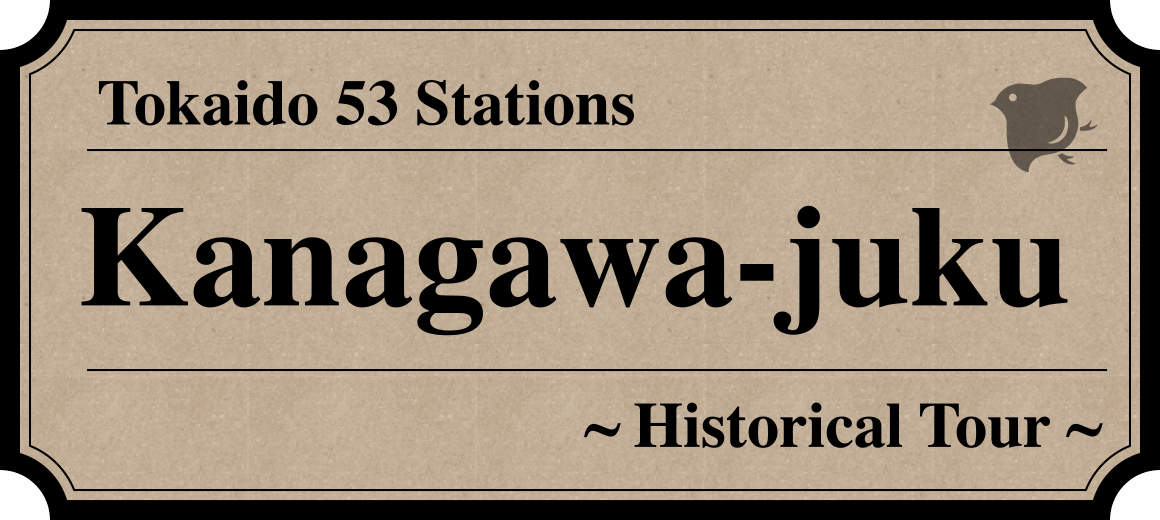
©Private Collection


Kanagawa-juku, the third post town along the Tokaido 53 Stations, is rich in history and culture. It is associated with the Edo-period legend of "Urashima Taro," which also inspired local place names. Additionally, the area boasts historical heritage from the early period of Yokohama's opening to foreign trade, including former American, British, and French consulates, as well as the missionary residence of Dr. James Curtis Hepburn, famous for the Hepburn Romanization system. Cultural treasures such as the Kanagawa Kagura dance also remain preserved.
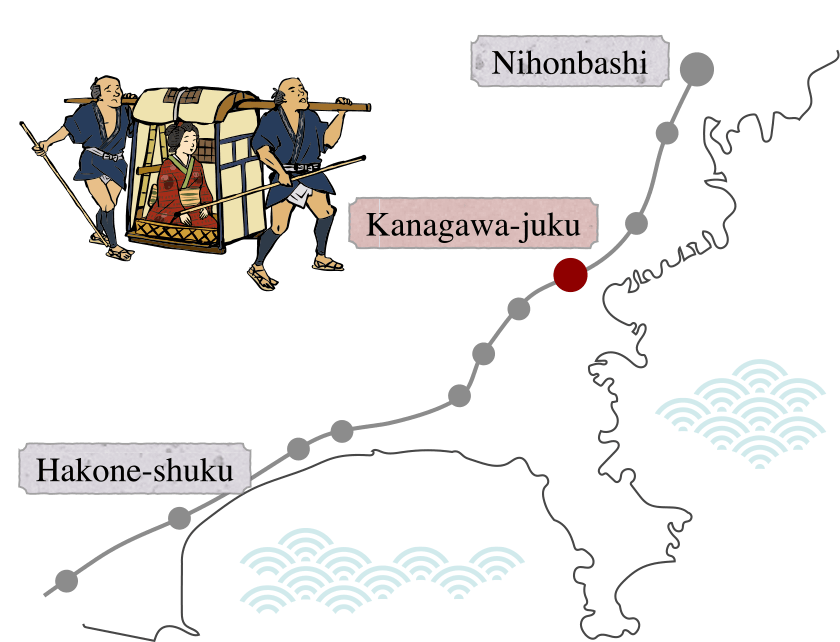
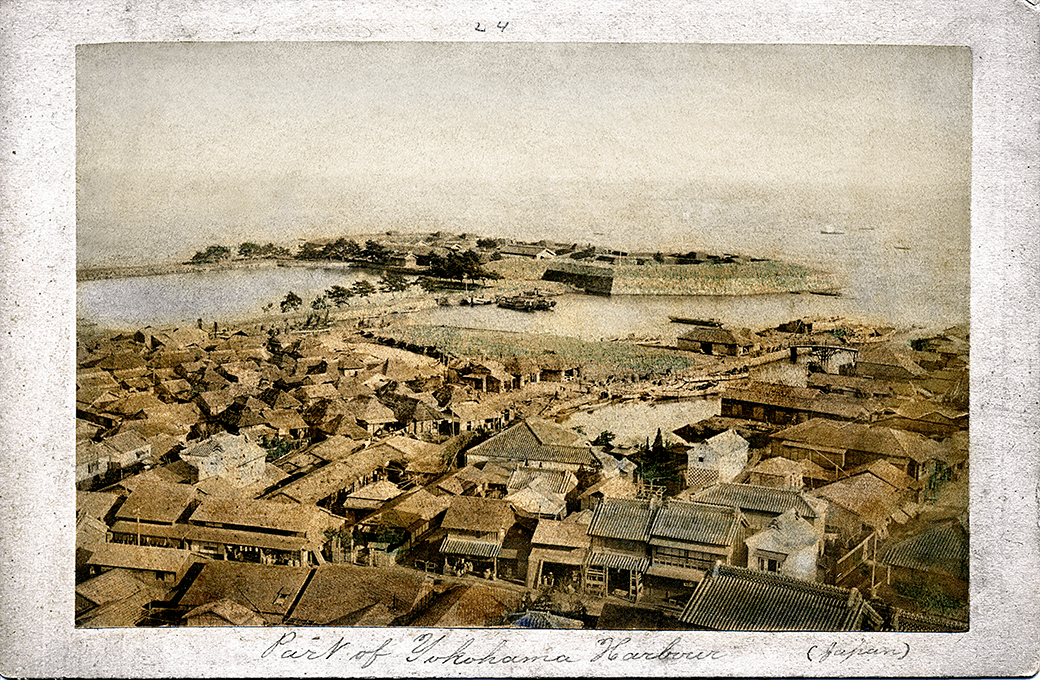
©Private Collection
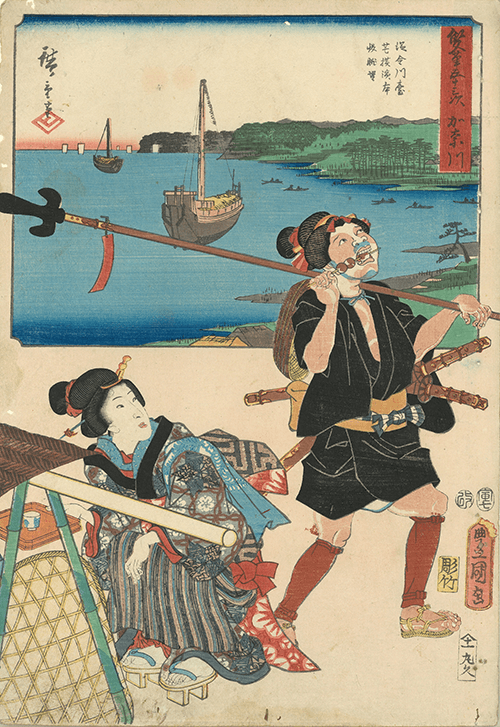
©Private Collection
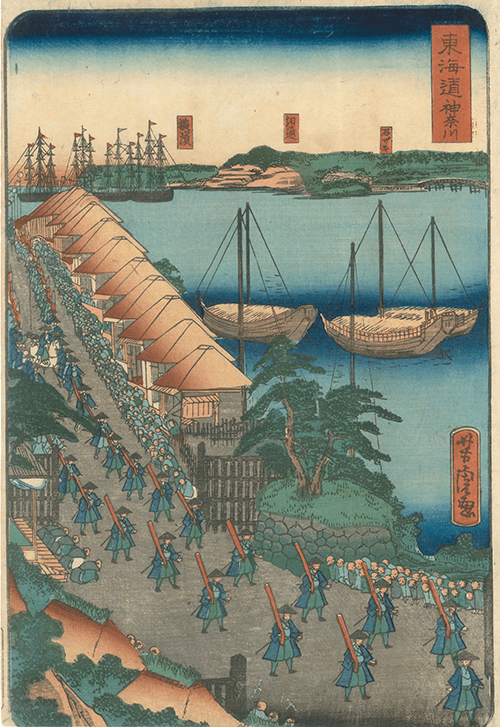
©Private Collection

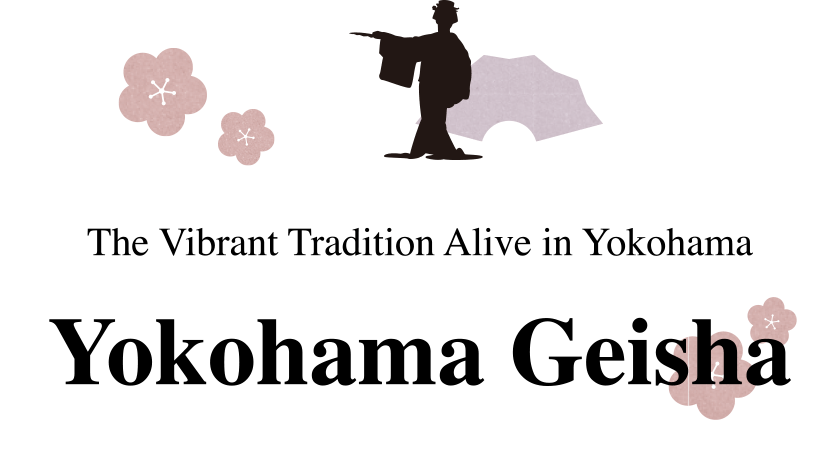
Yokohama Geisha, once known as Kanagawa Geisha, were active in the nearby post towns. Following the opening of Yokohama to foreign trade, they developed a unique style that incorporated elements of foreign cultures, making their artistry distinct to Yokohama.
Did you know that even in the modern cityscape of Yokohama, where people of all ages pass through its charming streets, the threads of Japan’s traditional culture continue to weave their way through history?
In the past, Yokohama had a flourishing geisha district. Scenes of geisha riding rickshaws to appointments, young trainees walking alongside their senior mentors, and the streets echoing with the sounds of shamisen, singing, and laughter painted a lively and elegant atmosphere that truly existed in this historic port city.
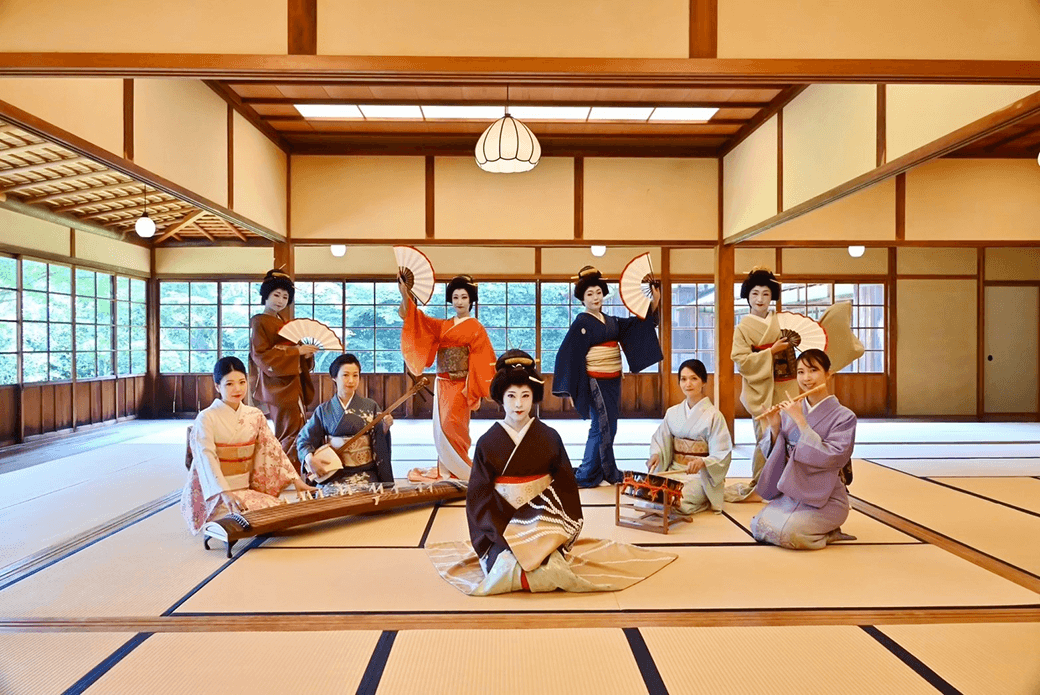
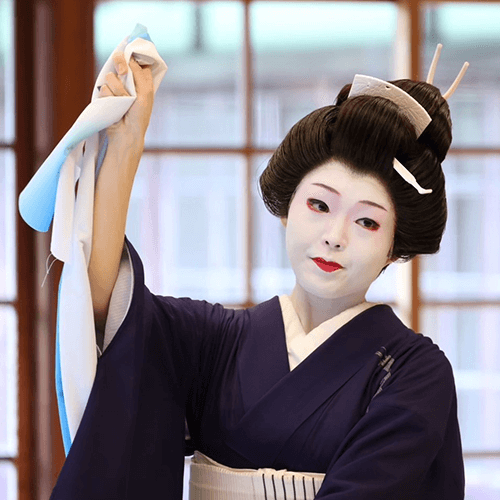
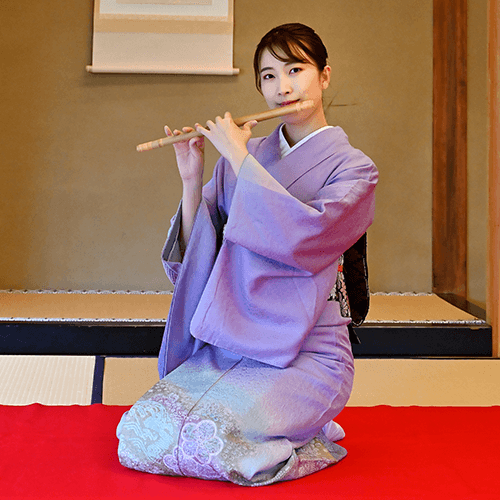


Jindai Kagura is a traditional form of kagura dance performed with masks, enacting the myths found in Japan's ancient chronicles, the Kojiki and Nihon Shoki.
This kagura originated from the Izumo Kagura, performed by the priestly families of Sada Shrine in Shimane Prefecture. It is believed to have first reached the Kanto region at Saginomiya Shrine in Saitama Prefecture. Over time, it evolved into the Haji School of Jindai Kagura and was introduced to Edo in the late 17th century.
As it developed in Edo, Jindai Kagura absorbed influences from the performing arts popular at the time, including Noh, Kabuki, Nihon Buyo (Japanese classical dance), and Kyoto's Mibu Kyogen theatrical tradition. These influences helped shape Jindai Kagura into its current form, blending ancient mythology with the refined artistry of Edo-era Japan.
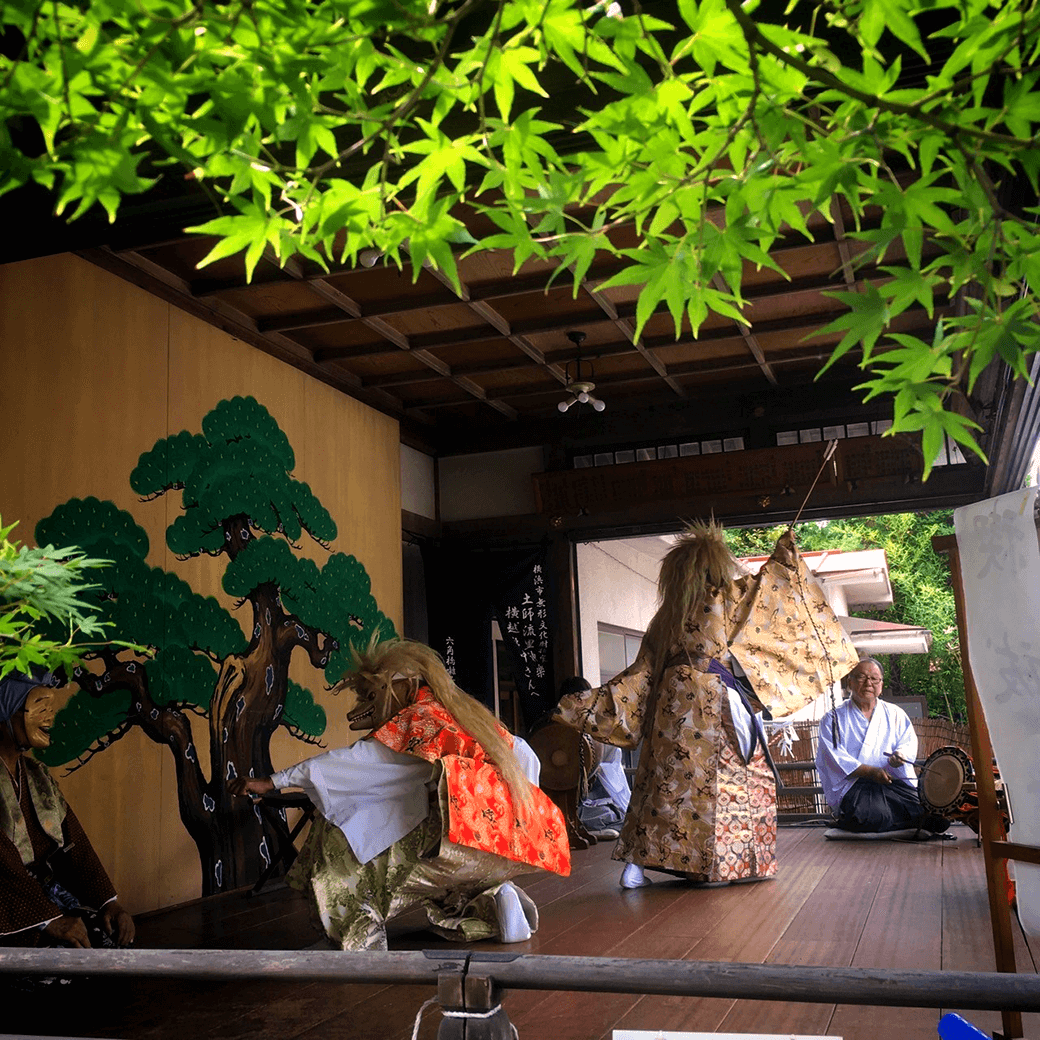

Rooted in the legend of Urashima Taro, which has been passed down in Kanagawa-juku, Turtle Shell Senbei was first created during the Edo period. These traditional sweets were beloved by samurai traveling along the Tokaido during their sankin-kotai journeys, as well as by local townspeople.
Now, in the Reiwa era, the cherished turtle shell sweets have made a long-awaited comeback in the form of Turtle Shell Sweets!
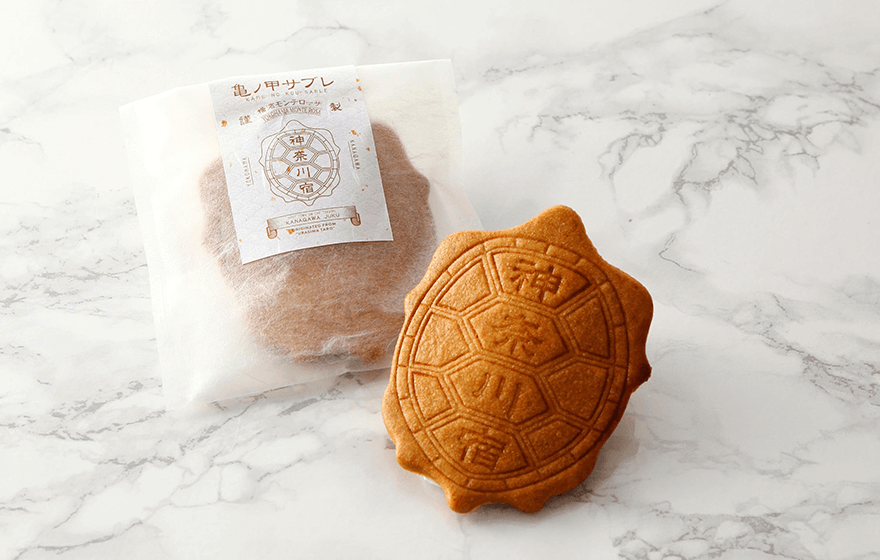

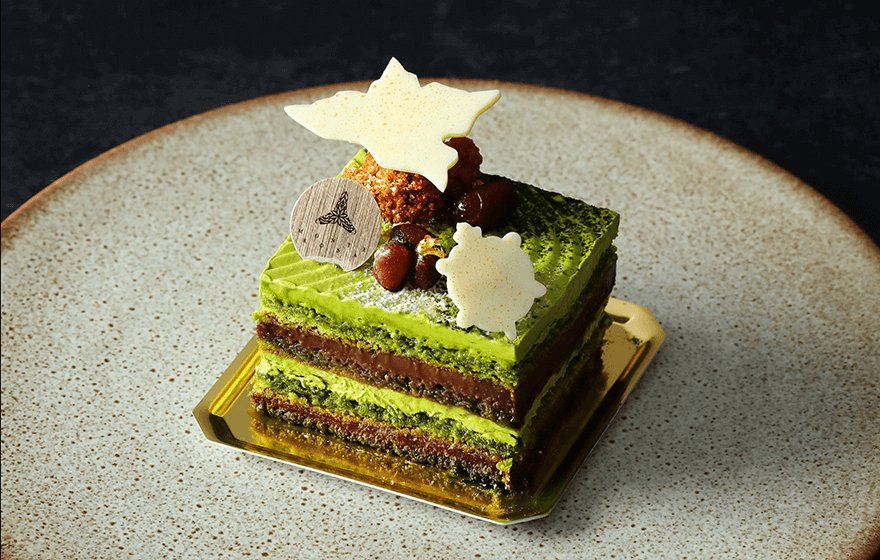
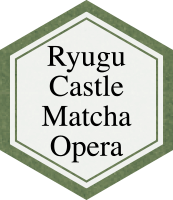


〈Sample Tour Itinerary〉
Kanagawa-juku boasts a rich history, including the Edo-period legend of "Urashima Taro" and the place names it inspired, as well as historical sites from the early days of Yokohama’s opening to foreign trade, such as the former American, British, and French consulates and the missionary residence of Dr. James Curtis Hepburn, renowned for the Hepburn Romanization system. Additionally, Kanagawa-juku is home to many cultural treasures, such as the Kanagawa Kagura.
Our knowledgeable Yokohama City Guides, experts in Yokohama’s city walks, will take you on a journey to discover the charm of this historic post town.
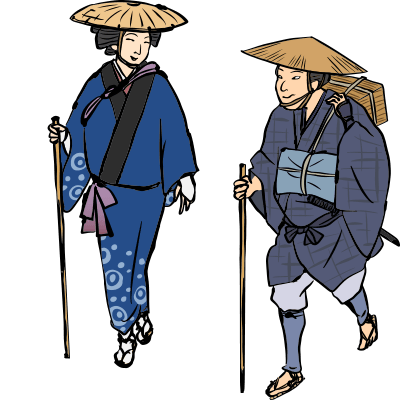

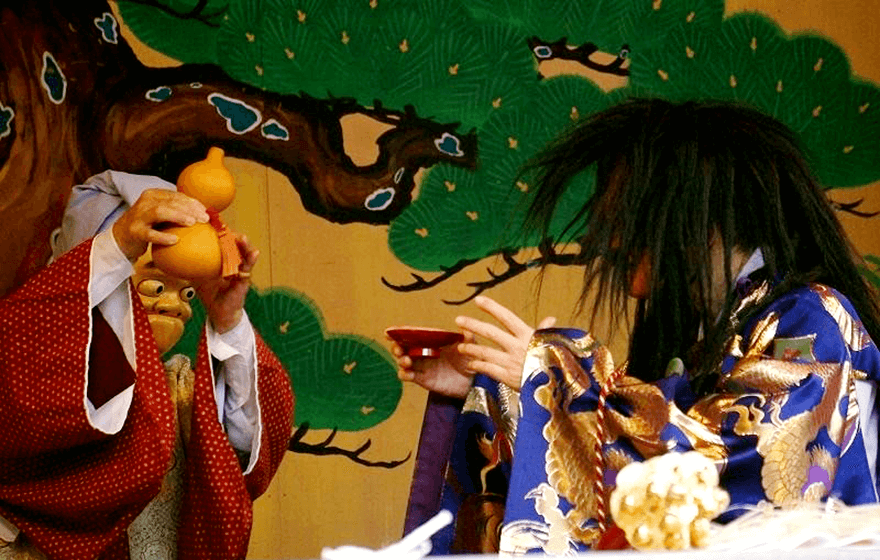
Cultural Heritage of Kanagawa-juku: Enjoy a performance of Kanagawa Kagura, a significant cultural legacy of the area.
〈Reference website〉https://kagura.or.jp
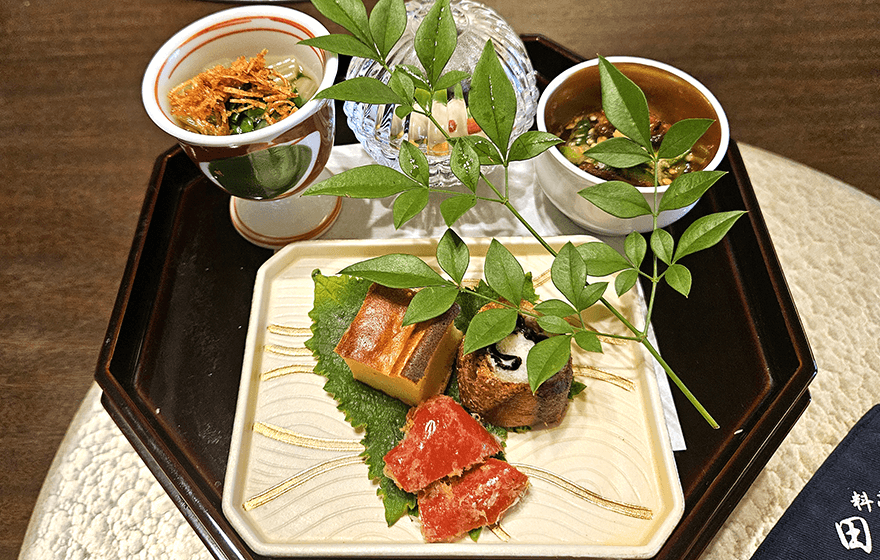
Lunch at Tanakaya, a high-end traditional restaurant established during the Edo period. It is said that Oryo, the wife of Sakamoto Ryoma, once worked here. Relish the Kanagawa-juku Gozen meal (Kanagawa-juku Gozen: typically priced at 7,600 yen).
〈Reference website〉 https://www.tanakaya1863.co.jp/?page_id=174

Sampling Modern Interpretations of Turtle Shell Sweets: Based on the Urashima Taro legend, the once-famous Turtle Shell Senbei, beloved by daimyo during their sankin-kotai journeys in the Edo period, has been revived with a modern twist. Enjoy tastings of the Turtle Shell Sablé and Ryugu Castle Matcha Opera.

Edo Kaido Project


Sales Ended
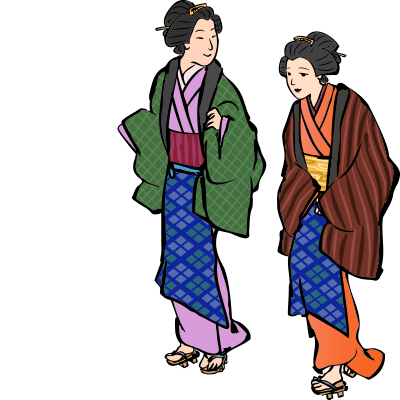

What is the Kanagawa-juku Hopping Ticket?
This smartphone-based ticket allows you to enjoy Kanagawa-juku at a great value!
By purchasing this ticket, you can exchange it for two Kanagawa-juku-themed items
This package offers savings over regular prices, so take advantage of this opportunity to explore Kanagawa-juku!

Your choice of one Goshuin
(※Image for illustration purposes only.)
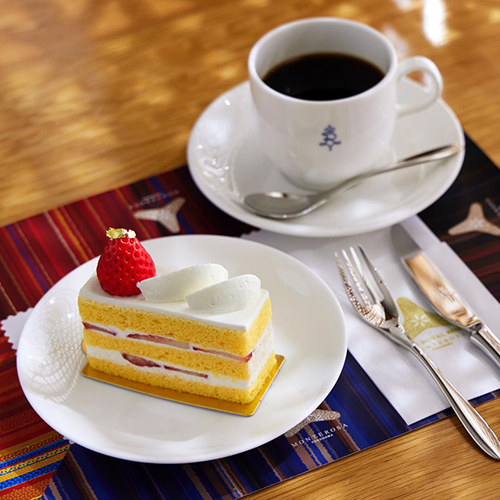
A cake and drink set from "The Royal Cafe Yokohama Monte Rosa"(Image for illustration purposes only.)

One admission ticket to theMiyagawa Kozan Makuzu Ware Museum
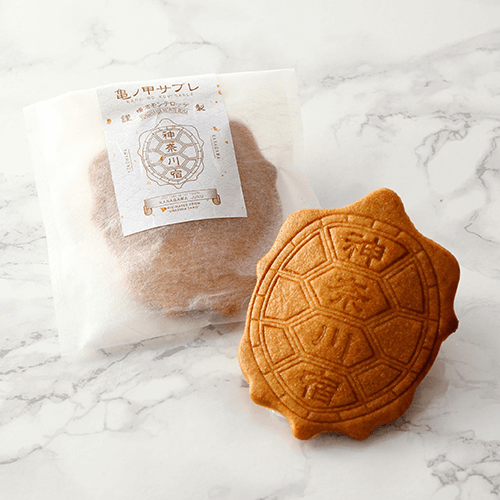
One "Turtle Shell Sablé"

Bonus Scratch Lottery
Collect two stamps to participate in a smartphone scratch lottery for a chance to win fabulous prizes, such as:
3,000 yen voucher for The Royal Cafe Yokohama Monte Rosa: 10 winners

How to Use the Ticket
Show the ticket screen on your smartphone upon entering participating venues.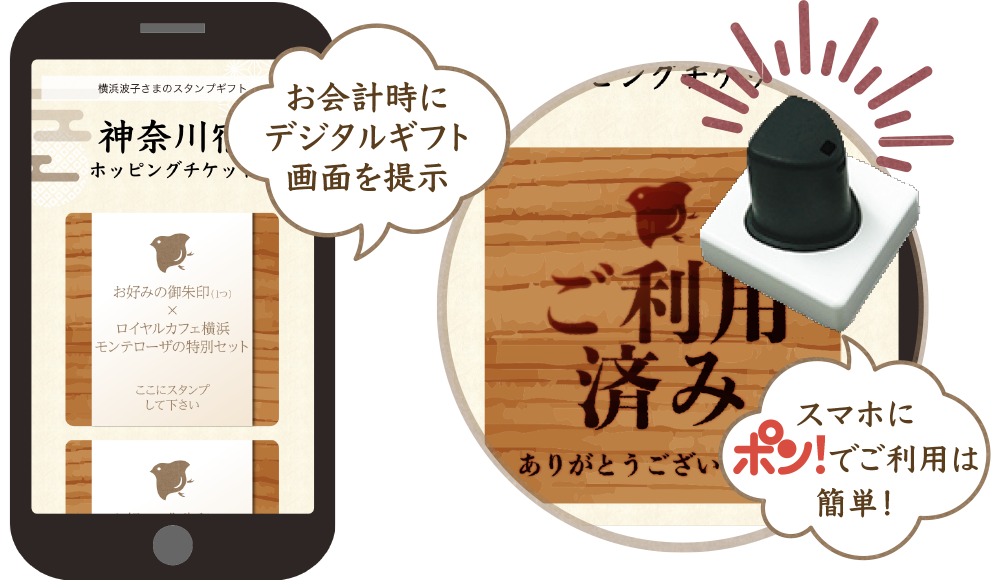

Powered by Digital Gift Service "HamaPon"
The Kanagawa-juku Hopping Ticket utilizes the "HamaPon" digital gift system for seamless use and convenience.
Enjoy the charm of Kanagawa-juku while taking advantage of these exclusive offers!

A collaboration between the long-established Yokohama patisserie "Patisserie Monte Rosa Yokohama," with over 60 years of history, and the sightseeing train "THE ROYAL EXPRESS," connecting Yokohama and Izu.
Experience a nostalgic yet modern classic ambiance, reflecting the world of "THE ROYAL EXPRESS." Enjoy handcrafted Yokohama sweets paired with premium hand-drip coffee, made with the finest seasonal ingredients.
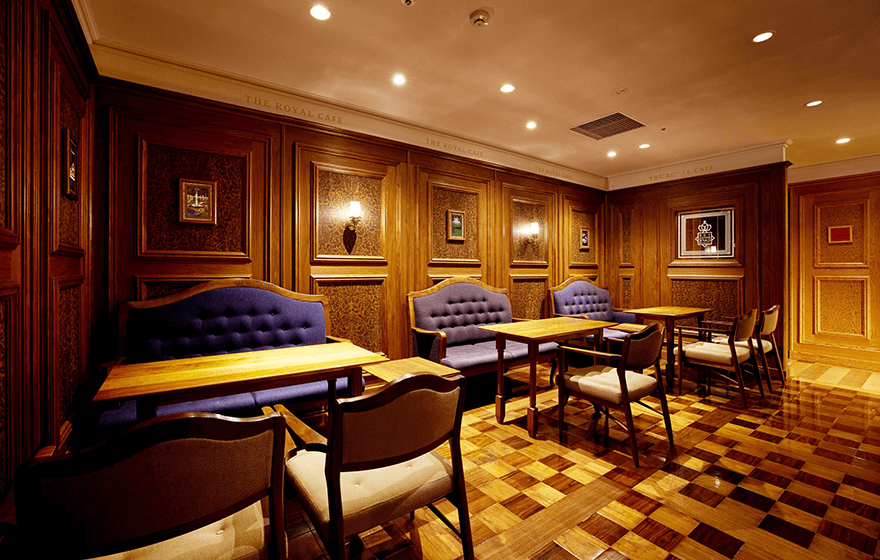
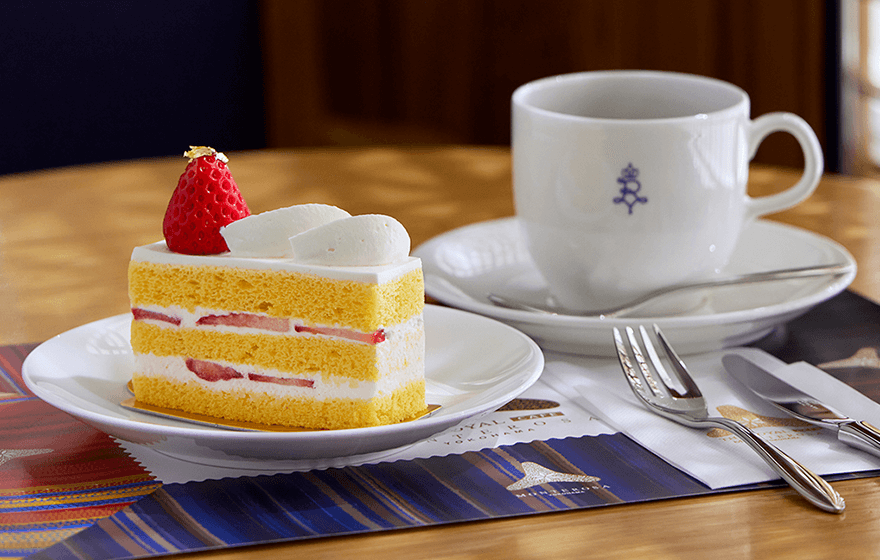
Optional services
~Open port exchange~
Japanese culture experience with Yokohama geisha and Shimoda geisha
(Ozashiki performance experience)
※The collaboration with Shimoda geisha will be held as part of "Japan Expo 2.0".NPO National Highway Exchange Conference, Japan Arts and Culture Foundation, This event was held as part of the "Kaido Expo 2024" project sponsored by the Agency for Cultural Affairs.
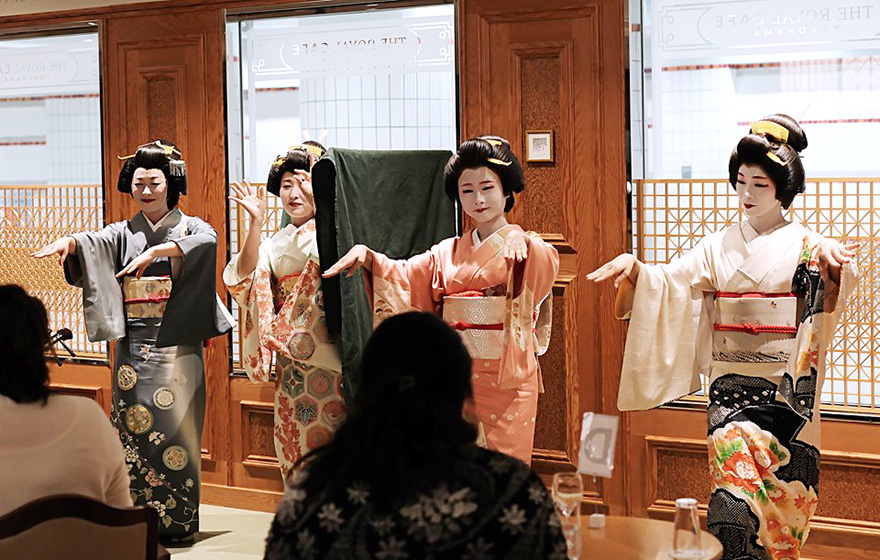
Explore the renowned “Makuzu Ware,” Yokohama ceramics that astonished the world during the Meiji era. This collection, curated by Dr. Yamamoto Hiroshi, author of "Makuzu Ware: The Ceramics Loved by the World," showcases masterpieces that traveled overseas and captivated audiences worldwide.
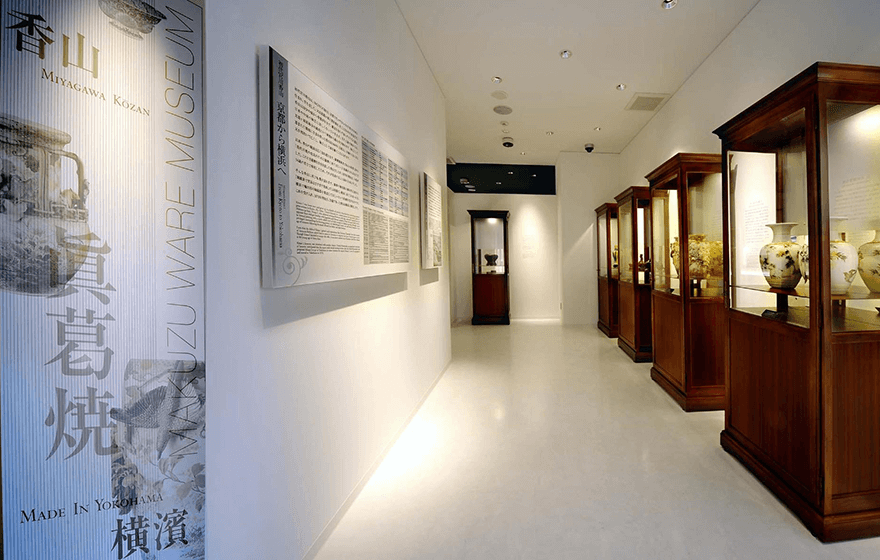
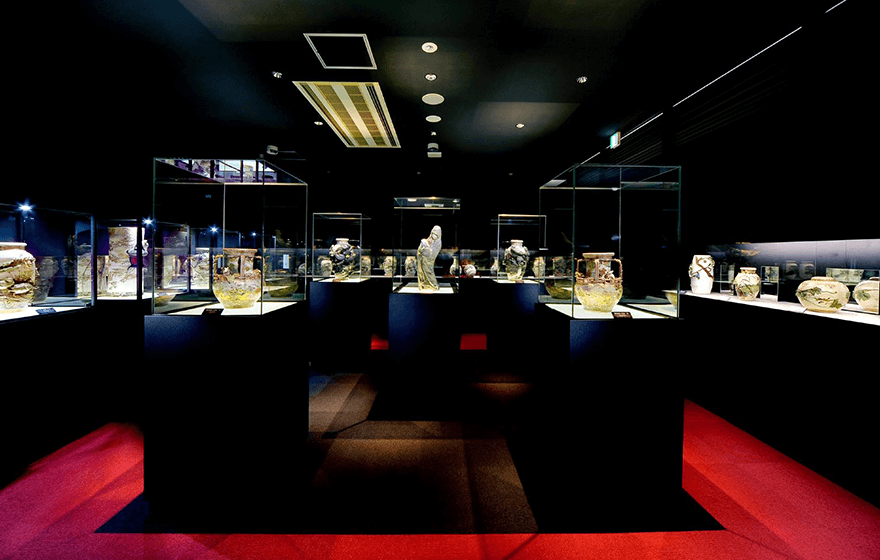
Founded in 1447 during the Muromachi period, Keiunji Temple enshrines Amida Nyorai as its principal deity. It was rebuilt in 1958 after being destroyed during the Yokohama air raid of 1945. The temple also served as the French consulate during Yokohama's port-opening era.
Keiunji is popularly known as the "Urashima Temple" due to its connection to the local Urashima Taro legend.
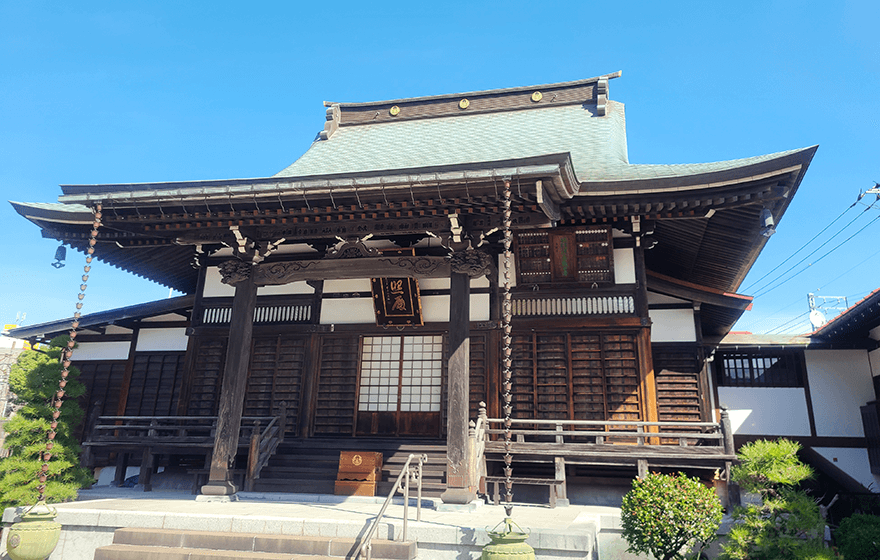
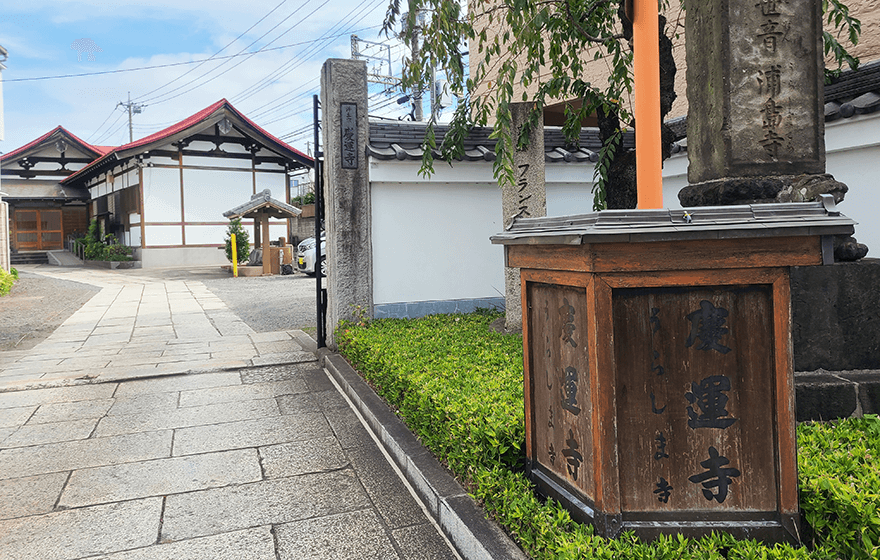
Established in the Muromachi period, Sokoji Temple housed a clinic operated by Dr. James Curtis Hepburn, an American missionary and physician, known for creating the Hepburn Romanization system. A monument to Dr. Hepburn stands on the grounds.
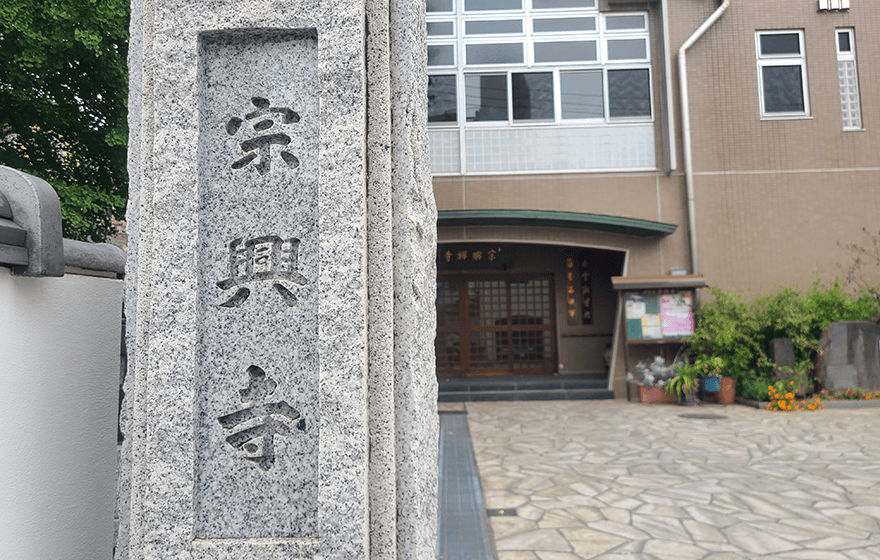
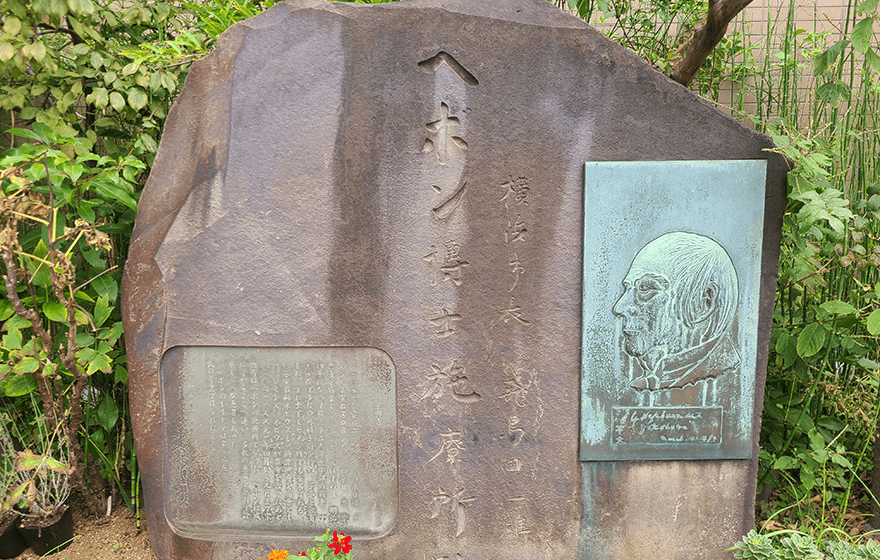
Important Notes for Kanagawa-juku Hopping Ticket The ticket includes two stamps
How to Purchase the Ticket
Step1-1
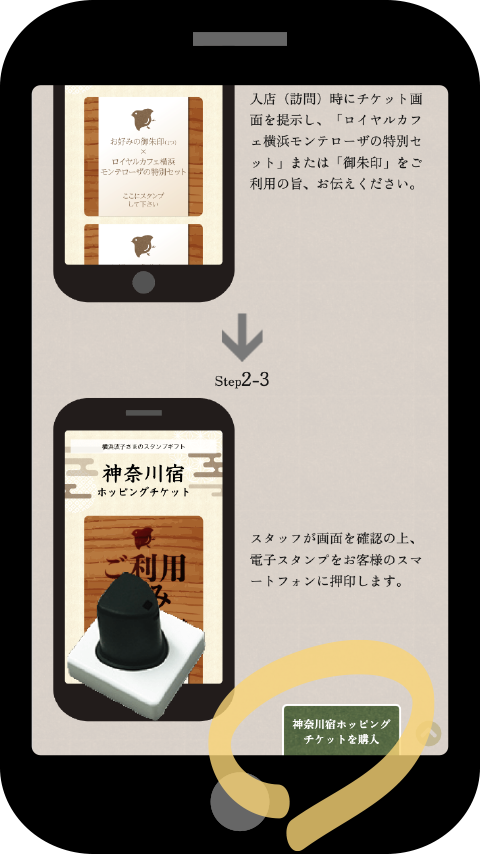
Purchase the Ticket
Click the "Purchase Ticket Here" button on this page.
Step1-2
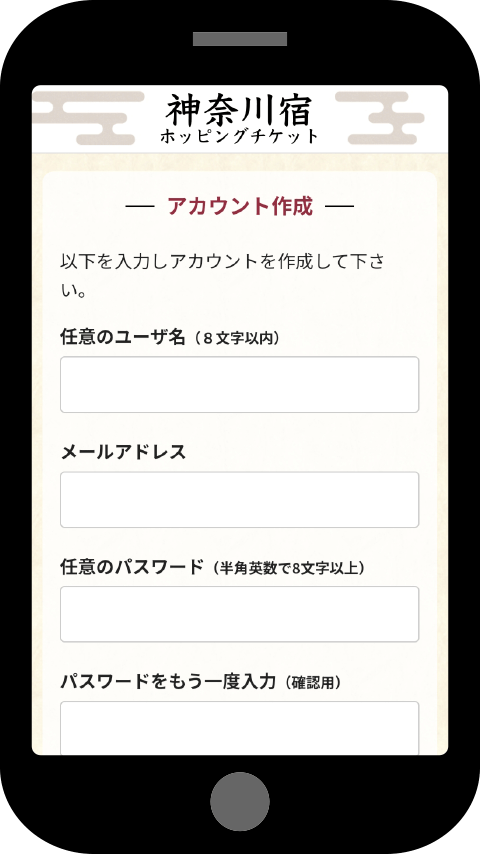
Create an Account (Free)
Enter your username, email address, and password.
Note: If you already have a "HamaPon" account, simply log in instead of registering a new account.
Payment can be made via credit card or PayPal.
Step1-3
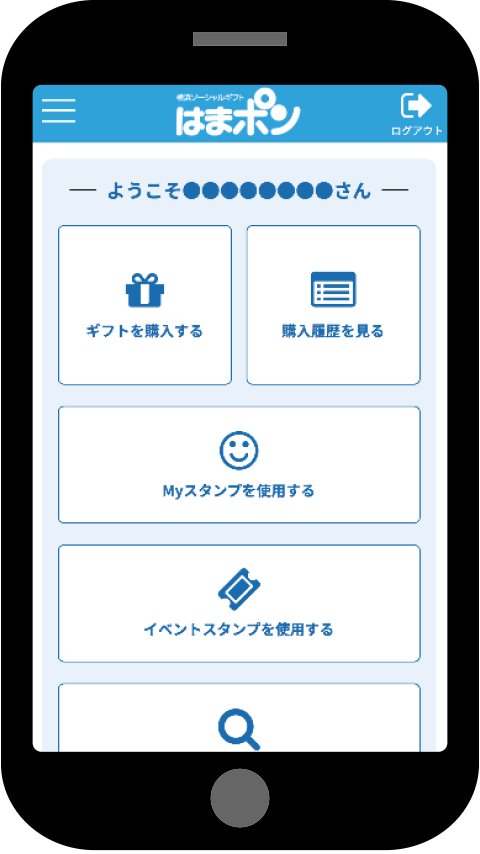
Access Purchased Tickets
Log in to "HamaPon" and go to "My Stamps" on your My Page to view your tickets.
How to Access My Page:
Log in via the "HamaPon" main site (https://yokohamagift.com/) and select "My Page."
How to Use the Ticket
Step2-1

From My Page, select "Use My Stamps" to open the ticket screen.
Step2-2
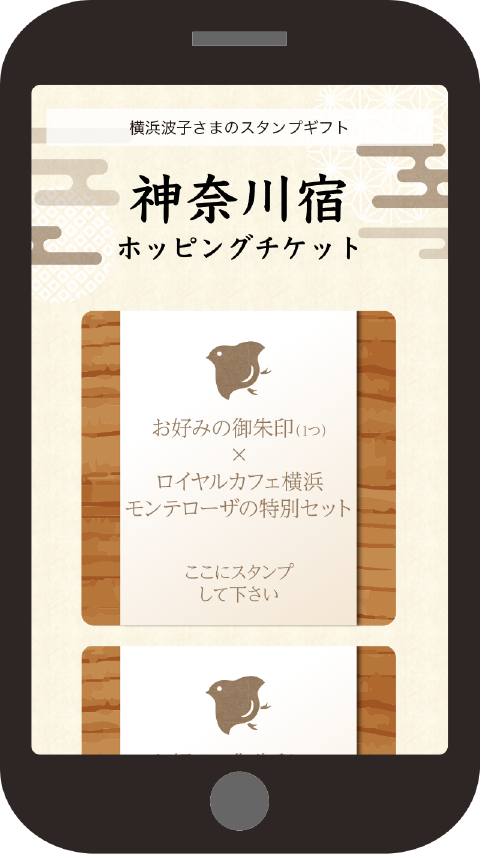
At the venue (The Royal Cafe Yokohama Monte Rosa or a participating temple), show your ticket screen and inform the staff whether you wish to use the Special Set or the Goshuin.
Step2-3
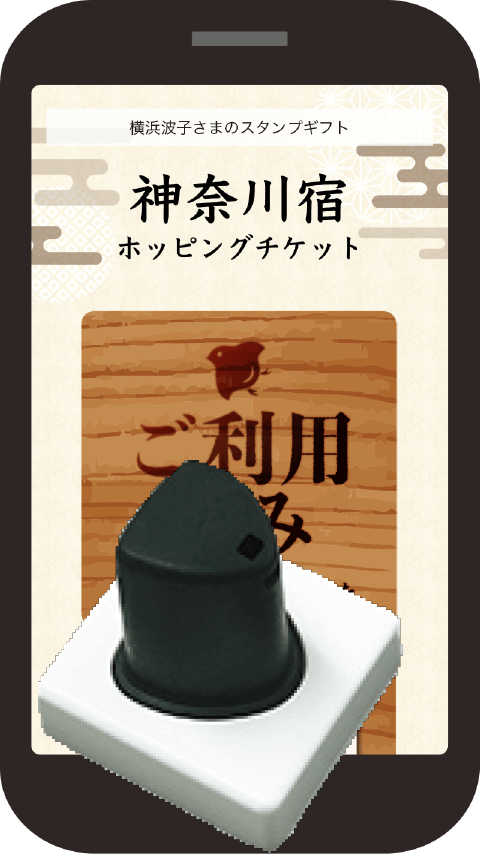
The staff will verify the screen and apply an electronic stamp to your smartphone.
Omikuji Lottery
Step3-1
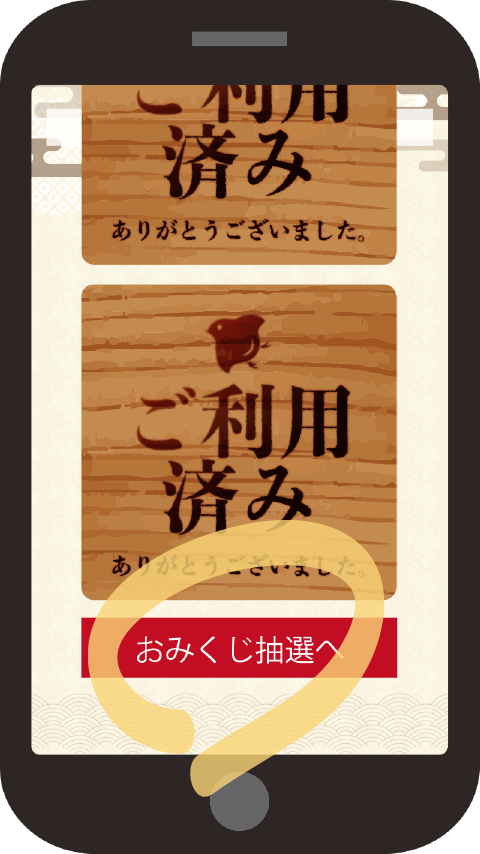
Once the stamp is applied, you can participate in the Omikuji Lottery:
Step3-2
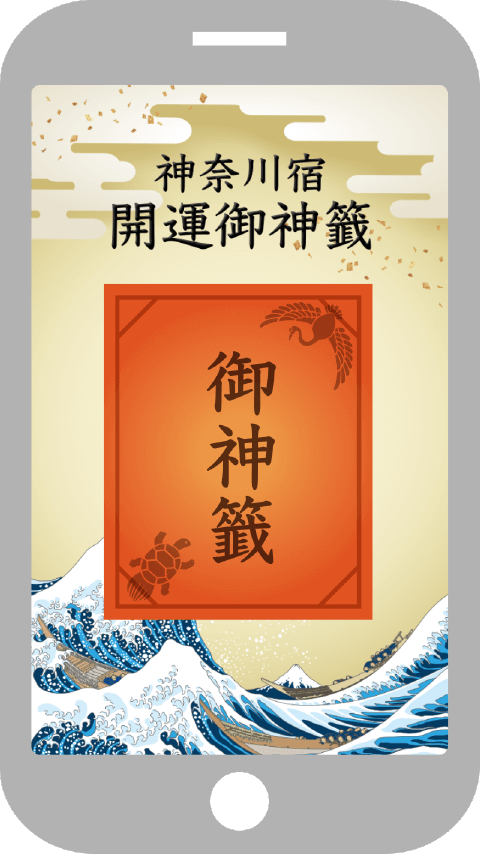
Scratch the screen with your finger to reveal the result instantly.
Step3-3
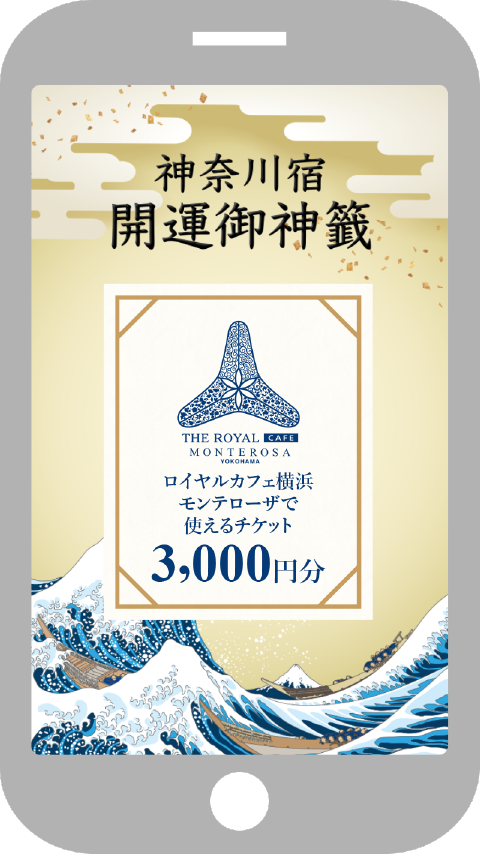
Follow the instructions under "Prize Redemption and Usage" to claim your rewards. Take advantage of this convenient and fun ticket system to enjoy Kanagawa-juku!
Prize Redemption and Usage Information
Once the winning screen appears, the prize ticket will also be displayed in your "Use My Stamps" section under My Page. To redeem, show the ticket screen at checkout and inform the staff of the amount you’d like to use.
How to Access My Page:
Log in via the "HamaPon" main site (https://yokohamagift.com/)and select My Page.
※Important Notes:
■General Notes
© yokohamadmc All Rights Reserved.